
1994
The Future Has Just Begun
QR Code 25th anniversary website

The QR Code was created 25 years ago by DENSO.
You can receive the information you want just by holding up your smartphone.
Make smart payments without using cash.
Is this convenient?
For many people, it’s already part of everyday life.
The QR Code was developed 25 years ago for production management.
We further expanded its uses beyond the factory and, as it continues to evolve, the QR Code is helping to provide positive and enjoyable living with peace of mind.
Believing in the limitless possibilities of this small matrix, our challenge still continues.
What are the merits of QR Codes?

With the popularization of smartphones in recent years, opportunities to use QR Codes in everyday life for mobile tickets, cashless payments and other reasons have increased dramatically.
- Worldwide annual smartphone shipments
- About 1.45 billion units
- Number of domestic passengers in Japan per year
- About 100 million people
- Number of convenience stores in Japan
- About 57,000 stores
Here we introduce some surprisingly little known functions of QR Codes.
The origin of its name is “Quick Response.”
As the name suggests, it is a two-dimensional code developed with an emphasis on high-speed reading and high-speed processing.
Compared to barcodes, which can only handle about 20 characters, a QR Code can store about 350 times the amount of information.
It also supports Japanese characters.

QR Codes can immediately be read from any direction.
A key feature is the “cut out symbol” that appears in three corners.
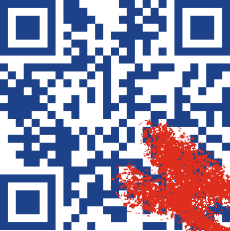
QR Codes are equipped with an “error correction function” that restores data even if there is dirt or damage.
So even in harsh factory environments, the codes can still be read.
25 usages of QR Codes in society
- 01Production managementHere is where it startedMore information than barcodes. More compact and faster. The QR system was created for production control of auto parts at a time when Japanese manufacturing began to transition from high volume production to small lot production of many types.

- 02Product orderingExpansion to the retail industryThe QR Code was first utilized outside factories in a stationery manufacturer’s catalog. It can express large amounts of information in a small code, which makes it well suited to catalogs with many products. It also helps to improve work efficiency.
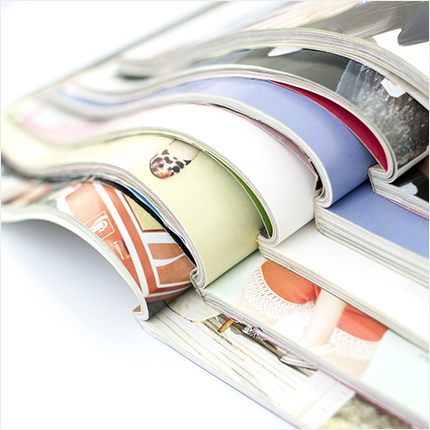
- 03Contact lensesBenefits of a compact sizeConsumers first saw QR Codes on contact lens packages. They were more suitable than barcodes because the packages were small.

- 04Inspection of extremely small componentsMore compact, in every shapeWhile retaining the performance of the QR Code, even smaller codes emerged. What’s more, it became possible to generate codes in rectangular shapes, and cylindrical components could now be printed on. This is useful for inspection of electronic boards and extremely small components with limited printing space.
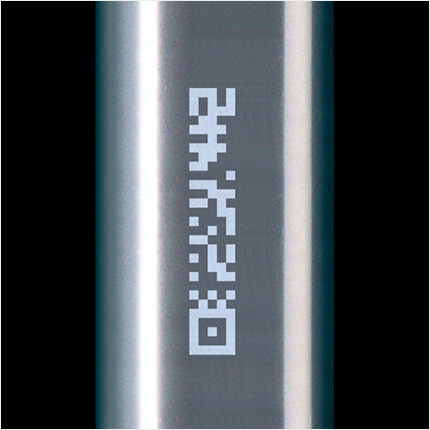
- 05PromotionAccess to the WebNowadays you can easily access a website just by reading a QR Code with a smartphone camera. In the age before QR Codes, people typed out long URL strings one character at a time, which was troublesome and time consuming.

- 06Exchange of contact detailsHaving more friends thanks to the QR CodeWe use QR Codes to exchange contact details on social media. The fact that we are able to connect with various people as we do now may be due in part to the QR Code.

- 07Food traceabilityProtecting food safetyThere was a time when the words “food safety” were often heard on TV. By using QR Codes, it is now possible to centrally manage information on food transportation from production through the distribution process. The QR Code is playing an important role in food safety.

- 08Medication managementIn the clinical fieldThe QR Code also monitors medication to hospitalized patients. By comparing QR Codes for 1) medicine, 2) a patient’s wristband, and 3) the nurse’s ID card, respectively, medical errors can be prevented and medication history can also be managed.

- 09Digitization of registration informationDigital power for automobile inspection certificatesCars are managed at various places: makers, District Land Transportation Bureaus, dealers, and maintenance shops. QR Codes are serving to improve business efficiency and prevent counterfeiting.
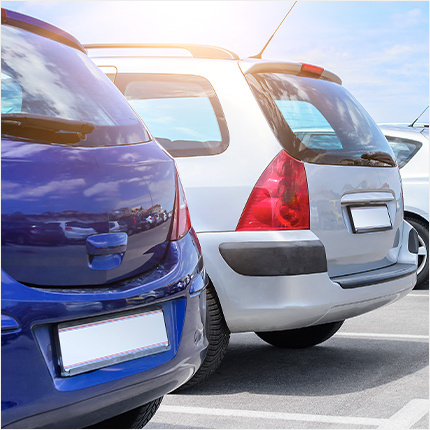
- 10Mobile ticketsTickets stored inside your mobile phoneBy using a smartphone in place of a ticket, tickets are harder to lose and postage expenses become unnecessary. Enabling smooth entry into venues, it may be a technology that brings the time until the fun starts just a little closer.

- 11Obtaining local informationObtaining specific information from the TVPeople are using QR Codes to quickly access information relevant to where they live from the TV news, such as the latest weather information and evacuation plans in the event of an emergency.

- 12TroubleshootingWhen you’re having computer troubles…In the past when an error occurred on your computer, you took note of the error number made up of alphanumeric characters and searched it to investigate the cause. But now a QR Code is also displayed and you can refer to the help page directly using your smartphone.

- 13DirectionsSharing location information is easy!By simply printing on a guidebook, pamphlet or business card instead of a map, you can easily import location information shown on paper media into a digital device such as a smartphone map or car navigation system.

- 14Cashless paymentBecoming part of everyday lifeQR Code payment can now be used in many urban areas. Shoppers are able to make purchases even with no cash in hand. Many would agree it frees them from the bother of searching for small change.
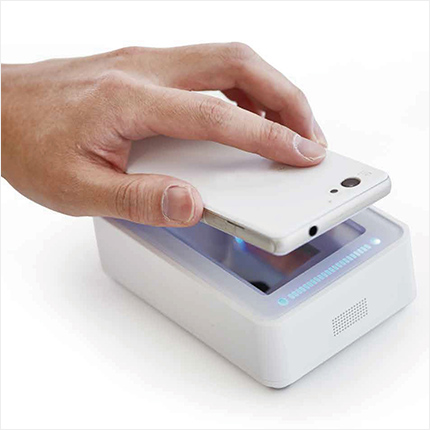
- 15Multilingual supportHospitality for foreign visitorsQR Codes can be used to provide support in various languages even in limited spaces such as paper and information signs. With more and more tourists visiting Japan from overseas these days, this kind of help also serves as a gesture of hospitality.
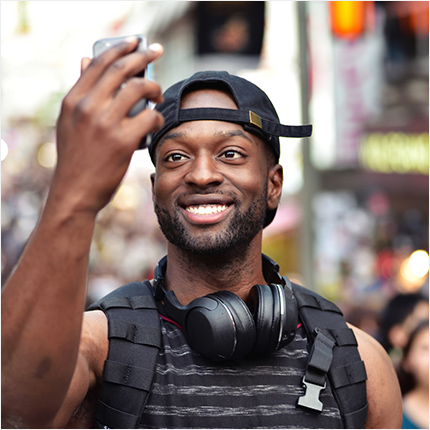
- 16Protecting dementia sufferers who may wander offQuick verification of identityLocal governments and care facilities are using QR Codes to protect dementia sufferers who may wander off. When these people are tracked down, their families can be contacted and prompt medical treatment can be given by reading the QR Code the person is wearing.

- 17Automatic sortingQuicker luggage processingIn recent years, the development of online shopping has brought about an increase in the handling of goods. Consumers and businesses are demanding greater accuracy and speed. QR Codes that can be read at high speed are being utilized in systems that sort automatically.

- 18Share servicesEnabling things to be shared by everyoneBike sharing services can be spotted in many cities these days. The reason the service can be used with few procedures using smartphones is perhaps thanks to QR Code technology.

- 19TicketsEco-friendly ticketsThere is none of the trouble of jammed tickets that used to happen with the conventional magnetic variety. In addition, because separation of magnetically treated parts is not required, recycling is much easier.

- 20Verifying authenticityProtecting brand valueUsing a special QR Code that is difficult to counterfeit, you can determine whether something is genuine or fake. This is useful for brand name items, which tend to inspire fakes and imitation products.

- 21Wi-Fi connection settingsConnect easilyFree Wi-Fi is provided at cafes and hotels. While convenient, configuring the connection can be a little troublesome because you have to type in the password. With QR Wi-Fi, you can connect easily just by scanning.

- 22Service usageFrom check-in to paymentHotel check-in services that use QR Codes are becoming more widespread. What’s more, QR Code can serve as a room key and be used for services within the hotel, helping to increase the comfort and convenience of guests.

- 23KeysFrom keyed lockers to keylessServices that use a QR Code as a key are becoming more widespread. Coin-operated lockers, delivery boxes and other storage options are leading to greater customer convenience.

- 24Platform door opening and closing systemEnsuring public safetyWe have created a system in which QR Codes affixed to train doors are used to control the opening and closing of platform doors. The high cost associated with installing platform doors is a major issue, but without the need for large-scale improvement and repair, this new system is expected to become more widespread.

- 25Facial recognitionYour face instead of a cash cardEven smartphones that could be unlocked with a fingerprint were a big surprise when they came out. But from now on, it will be possible to use ATM machines without a cash card using a QR Code and a biometric authentication system containing registered facial information. Just how convenient will this become?
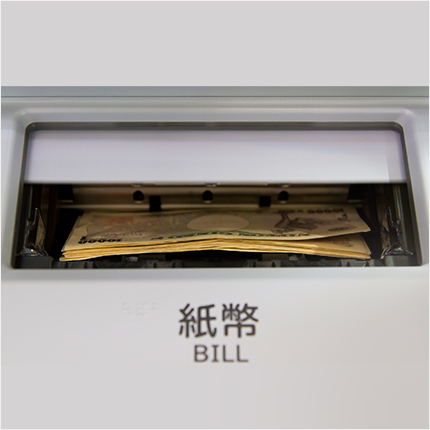
How will the QR Code now on?
We spoke with developer Hara Masahiro to find out.
-

- ProfileHARA MASAHIRO1957 Born in Tokyo
2002 U.S. R&D 100 Awards
2004 Mobile Project Award Grand Prize
2007 Japan Innovator Award Outstanding Prize
2012 GOOD DESIGN BEST 100
2014 European Inventor Award Popular Prize
…And many other awards.




